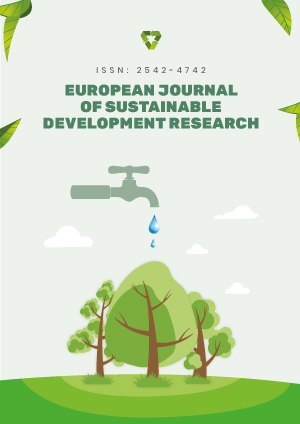Abstract
The metabolisms of many efficient chemotherapeutics are usually accompanied with health challenged toxic side effects and hence the need for more anticancer agents with little or no toxic consequences. The screening of medicinal plants with known ethnopharmacology can be an option to discover new anticancer agents with mild side effects. Eulophia gracilis is a medicinal orchid shown to be safe and used traditionally in the treatment of tumors and as an aphrodisiac. This study investigated the antioxidant potential, bioactivity and selective cytotoxicity of successive extracts of Eulophia gracilis on cancer cells. The phenolic content, flavonoid content and in vitro antioxidant assays were carried out on successive extracts of the plant. Brine shrimp lethality biological assay and cytotoxicity using MTT assay with four cancer cell lines of human origin: HEp-2 (laryngeal cancer cells), Rd (rhabdomyosarcoma), MCF-7 (breast cancer cell ), and HeLa (cervical carcinoma) together with normal kidney epithelial cells (vero) from an African green monkey were determined. Dichloromethane (DCM) fraction among successive fractions has the highest phenolic and flavonoid contents of 159.04 ± 1.24 µg GAE/mg and 501.94± 33.39 µgQE/mg, respectively and correspondingly has the highest DPPH and ABTS radical scavenging effects. The study showed that all the fractions have activities on the brine shrimps and selected cancer cell lines under study. DCM fraction (LC50 =13.8545 μg/mL) was most active relative to other fractions of extracts in the Brine shrimp assay. Moreover, DCM fraction elicited more potent cytotoxicity (8. 65μg/mL on Rd, 0.79 μg/mL on Hep-2c) on RD and HEp-2 than other three fractions. Overall, Eulophia gracilis plant possesses antioxidant activity and its DCM fraction is selective to all the cancer cell lines used and has the highest selective index among the fractions for RD, HEp-2, and MCF-7 cell lines.
License
This is an open access article distributed under the Creative Commons Attribution License which permits unrestricted use, distribution, and reproduction in any medium, provided the original work is properly cited.
Article Type: Research Article
EUR J SUSTAIN DEV RES, Volume 9, Issue 3, 2025, Article No: em0305
https://doi.org/10.29333/ejosdr/16349
Publication date: 01 Jul 2025
Online publication date: 06 May 2025
Article Views: 934
Article Downloads: 557
Open Access References How to cite this article
 Full Text (PDF)
Full Text (PDF)